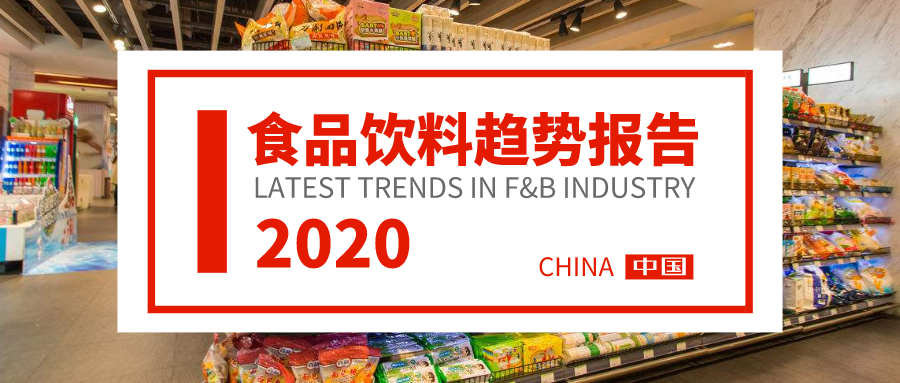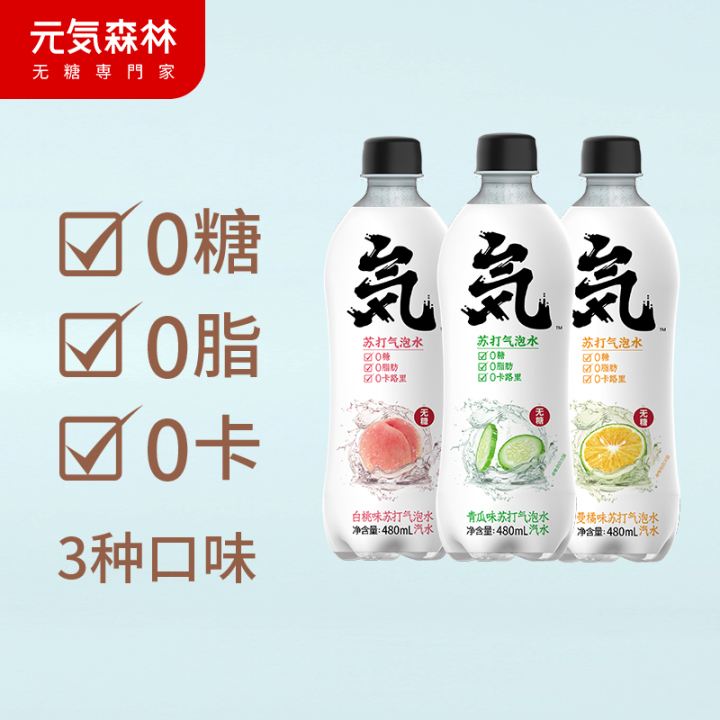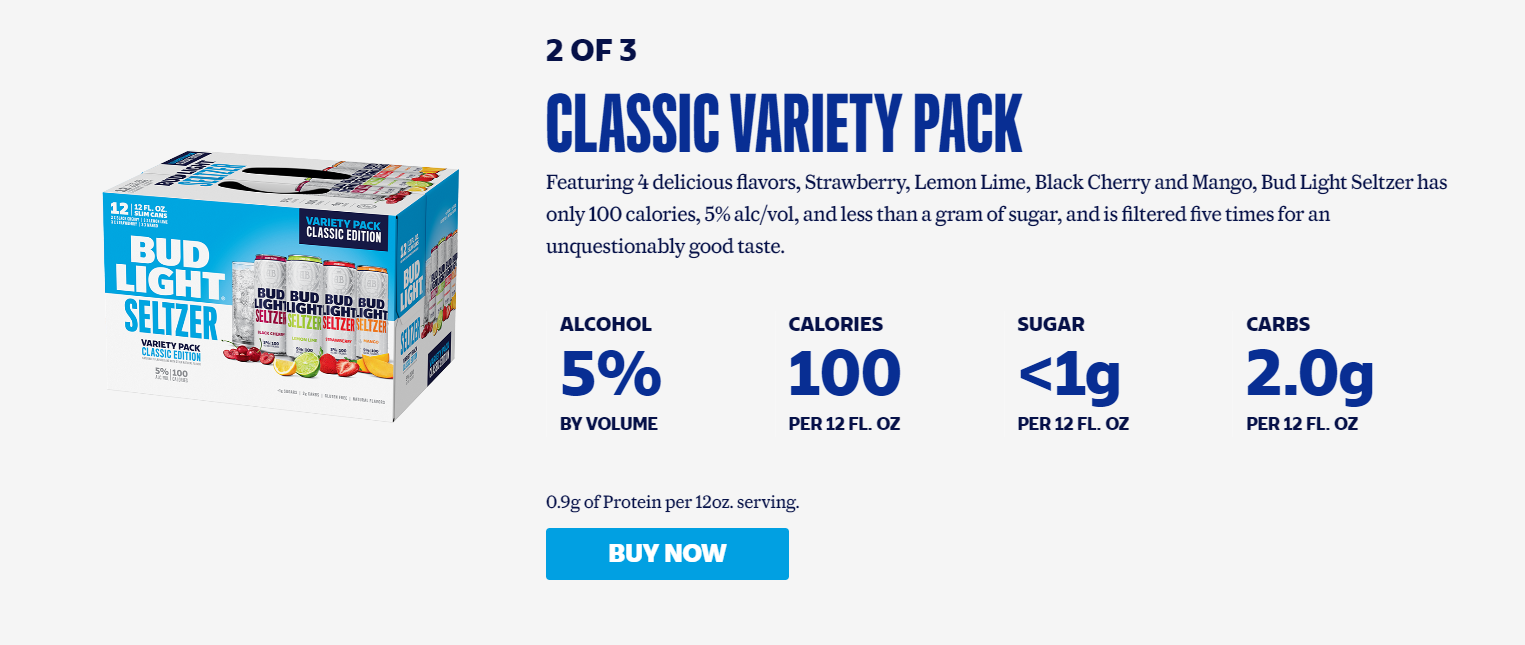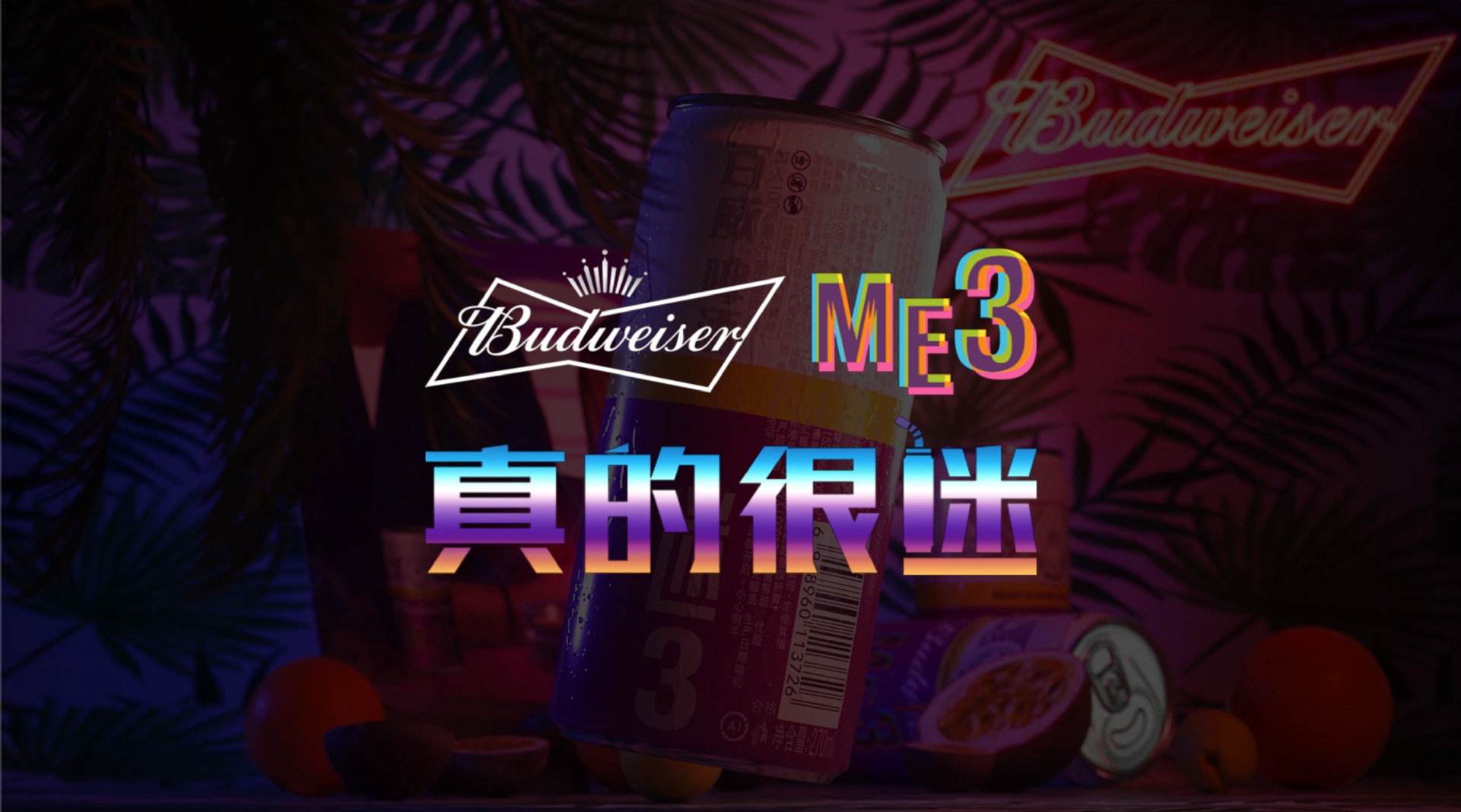China’s Latest Trends in Food & Beverage Industry

"What should I eat today?" It is a question that everyone asks themselves on a daily basis. Compared with even just a few years ago, the current food and beverage consumption trend is very different with the price being no longer the only decisive factor affecting the food and beverage markets. The market is changing as quickly as never before. Thus, to better understand the current market demand and to be up to date with the latest trends, a constant research on consumer behavior is essential. Based on the relevant results of the latest food and beverage related trend reports, in this article we walk you through the forecasted trends in the food and beverage industry after 2020.
Eating Healthy
According to CTR Report on Consumer Behavior Attitude and Influence Trend 2020, amongst the "most wanted things", improving exercise and losing weight features in the top four segments respectively. Further, according to the data of Ipsos's White Paper on Adult Health Management, 84% of people said that compared to before they had paid more attention to health since 2020. Based on such reports and by observing the overall trends on social media in terms of lifestyle, it can be easily noticed how health has become an increasingly important part of the modern life style in the Chinese society. Based on this, it should not come as a surprise that on a daily basis, people are naturally paying more attention towards their eating healthy.


At present, although the products with no sugar / reduced sugar are still relatively limited, these products are about to enter a stage of rapid development. Until now, most consumers' choice of such products is influenced by taste and, in fact, among the products with the same concept, consumers still tend to choose products with more sweetness. In addition, single portion packaging is also part of this new trend of healthy products, as it is easier to monitor their consumption.
The Plant-Based Revolution
As we mentioned in our previous article, plant-based products have set off a wave in the world. Especially in view of the broader prospects of China's meat consumption markets, it can be predicted that plant-based meat will soon start its journey in China and health is indeed one of the most significant factors driving the purchasing power of plant-based products.

According to Ipsos's Insight into the Trend of Artificial Meat in China, 83% of the consumers who have purchased plant-based meat have bought it twice or more. This high repurchase rate is reflective of the future growth potential of plant-based meat products. The data also shows that consumers in first tier cities have a higher willingness to try plant-based meat, amongst which the majority are consumers aged 25-34. Overall, food safety, taste and price are the biggest driving powers of consumers for plant-based meat.
Fast Food
According to the data report of National Flavor in 2019-2020 released by Tmall, the sales of semi-finished food in 2019 increased by 111% year-on-year; the sales of new convenient fast food such as self-heating hot pot on Tmall increased by more than 50%. Convenience is still the most important advantage of fast food, but the pursuit of delicious but convenient food is becoming a trend that cannot be ignored. In addition to fast food, most consumers also have increasingly higher expectations for the taste, health, ingredients selection and measure of the products. We have reason to believe that brands able to innovate and adapt to the latest consumers demand can overcome the market of price war and focus on making real fast food "delicious".



Low-Alcohol Beverage
With an increasing attention to health, moderate drinking has gradually become a popular habit of modern Chinese people. The market of low alcohol / non-alcoholic drinks, especially among young consumers, is set to boom. According to a forecast released by the Food Standard Agency, the Asia Pacific low alcohol beverage market is expected to grow by more than 8.5% between 2019 and 2025. Low consumption threshold, more taste, lower calories and increased circulation in different social settings are the main reasons why low alcohol drinks attract consumers. This can also be seen from the response of the largest alcoholic beverage companies in the market. For example, in January this year, Budweiser launched a brand-new low alcohol essence sparkling water brand, Bud Light Seltzer, with only 100 calories, 5% alc/vol and less than a gram of sugar.


With the improvement of ingredients selection, people's demand for food and drink is gradually diversifying. It can be predicted that in the coming years, more customized and functional products will quickly appear in the food and beverage industry. How can existing brands tackle the increasing competition and challenges faced by the new trends, while broadening their market opportunities? Stay updated with our next publications to find the answer!
For more information on trends in the food and beverage industry or more research reports on consumer behavior, don’t hesitate to contact us at info@eastant.it.



